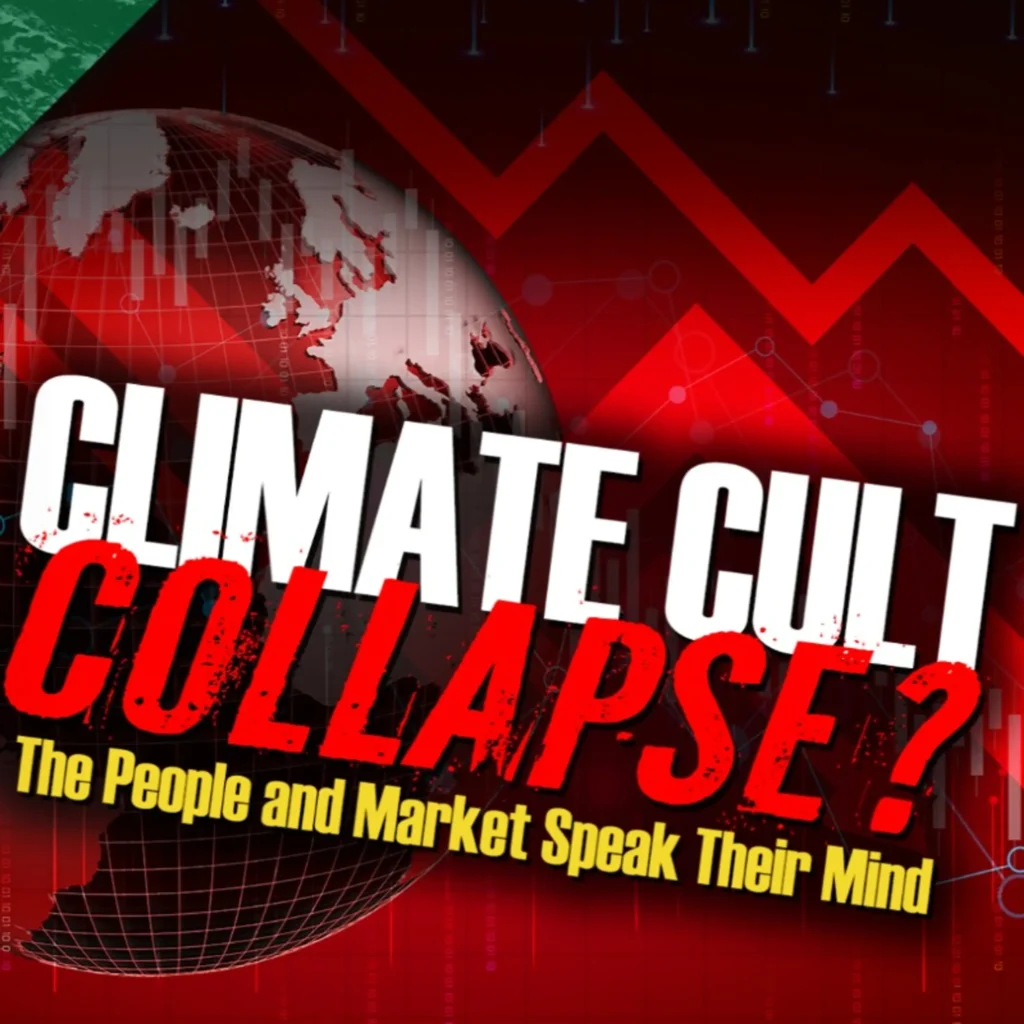Climate science is dominated by alarmists addicted to the idea that increasing carbon dioxide will cause dangerous global warming. How much warming is thus the central scientific question.
This question has been surprisingly difficult to answer despite 40 years of research, costing tens of billions of dollars. Now the issue is exploding because two different answers are emerging, one harmlessly low and the other dangerously high. This divergence is a crisis for the alarmist community. How they handle it remains to be seen.
What follows is a slightly technical explanation of the situation.
The issue centers on a benchmark estimate of the impact of increasing CO2 on global temperature. This is called the “equilibrium climate sensitivity” or ECS. The basic question is what will the global average temperature be when the CO2 level is double the supposedly original level of 280 ppm? That is, what will it be when we hit 560 ppm.
However, since it may take the climate system some time to adjust to this new high level, the question is what the temperature will be when the system equilibrates to this doubling, which may be some time after we hit 560. Also, this is about sensitivity, so ECS is not the new high temperature. It is the number of degrees C higher than the original temperature that this new high temperature will be.
So if the new high temperature is, say, 2.2 degrees C higher then ECS = 2.2 degrees.
Technically ECS is often an abstraction, something that only happens in climate models, but model ECS is taken as an important estimate of real ECS. In the models ECS is often estimated by simply doubling the CO2 instantaneously, whereas in reality this takes centuries.
All this said, I can now explain the emerging crisis.
For many decades the accepted model estimates of ECS have ranged from 1.5 to 4.5 degrees C. Different models give different values, but the acceptable range has not changed. That the range is so big has been a policy problem. Warming as little as 1.5 degrees might be harmless, while 4.5 might be dangerous. But the ECS range has been stubbornly persistent, refusing to narrow to a specific value.
Now, suddenly, there is a huge new problem. ECS has exploded! It is not that it is higher, or lower — it is both. Two new lines of research have diverged sharply on the estimated value of ECS.
The first line of research takes a new approach called observational ECS. The idea is that since the CO2 level is almost half way to doubling we should be able to derive ECS empirically from the observed relationship between CO2 increase and temperature increase.
There have been a number of observational studies and many are getting ECS values well below 1.5, which are harmless indeed. Values of 1.2 and 1.3 are common.
But at the same time there has been a new wave of modeling studies and these are getting ECS values way above 4.5, which would be truly dangerous. Here values of 5.2 and 5.3 are to be found.
Note that the modeling community is divided over accepting these new hot model numbers. After all, they imply that the modeling done over the last forty years or so has been wrong, including a lot of the recent modeling which is still within the old range.
The upshot of all this is that the science of ECS is in a shambles. Given that ECS addresses the core science of climate alarmism, this is truly a crisis. Has the modeling been wrong for 40 years? Is it wrong now? What about observation, which is supposed to rule in science? The scientific method says observation trumps theoretical modeling.
This is also a policy crisis. If we have no idea how sensitive the climate system will be to increasing CO2 levels then we have no basis for making climate change policy. If the observation values are right then there simply is no climate emergency.
How will this huge new uncertainty play out? Fortunately we will get at least a glimpse fairly soon. The latest IPCC assessment report (AR6) is presently under review and should be out in the next year or so. This report is supposed to review the state of climate change science, albeit from an alarmist point of view.
How the IPCC handles the exploding ECS range will be interesting to see, at the very least. They may choose to ignore it because it has to hurt alarmism. They may simply drop mention of the ECS altogether, it now being very inconvenient. But this glaring omission will be easy to call out.
Or they may only acknowledge the hot higher values, which favor alarmism. Here they risk making modeling look stupid (which it is). Plus this omission of critical evidence will also be easy to call out.
With the ECS range exploding the IPCC is caught between a hot rock and a cold hard place. So is alarmism. Stay tuned.
[Originally posted on Committee For A Constructive Tomorrow (CFACT)]





